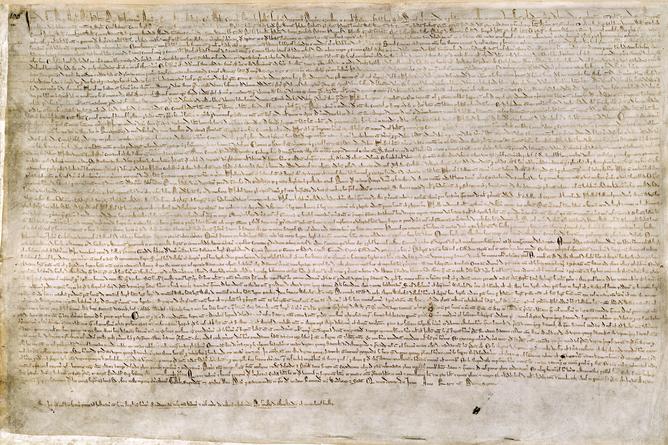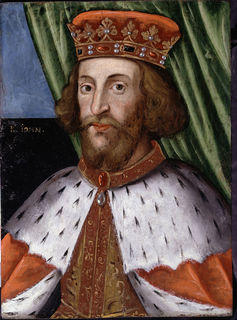
Magna Carta: the 800th anniversary of a “Great Charter” that changed the world

The rule of law was established at Runnymede, England, on June 15, 1215, via the Magna Carta. As well as clipping the wings of a tyrannical and erratic ruler, the signing of that “Great Charter” inspired and shaped the United Kingdom’s constitution — and eventually democratic systems worldwide.
Magna Carta: Enduring freedoms. By John Stanton
The catalyst for Magna Carta was the tyrannical rule of King John and, in particular, his imposition of arbitrary taxes upon the barons. The sealing of Magna Carta marked the first time that the notion that an unelected sovereign should be restrained under law was officially recognised. From then on, the idea that citizens should not be subjected to the arbitrary rule of a tyrannical monarch but instead be ruled and governed upon foundations of accepted legal process and law had a legal foundation. This was, in essence, an evolution of the Aristotlean idea of the supremacy of law in preference to the supremacy of man.
Magna Carta: British royals return to Runnymede. By Michael Holden
Britain’s Queen Elizabeth will return on Monday, June 15, to the setting where 800 years ago one of her predecessors accepted the Magna Carta, the English document that put limits on the power of the crown for the first time and laid the foundation for modern freedoms. The Magna Carta, Latin for “Great Charter”, was ratified by King John of England in June 1215, at Runnymede, about 20 miles west of London, after an uprising by his barons. It established certain rights of the English people and placed the monarch under the rule of law. Not only does it form the bedrock of Britain’s constitutional freedoms, it was the basis for the U.S. Bill of Rights, the U.S. Declaration of Independence and the Universal Declaration of Human Rights. Three of its 63 clauses remain on Britain’s statute book.
Magna Carta: fundamentally a financial peace treaty. By Jane Frecknall-Hughes
If you ask anyone what the Magna Carta is all about, you might be told that it is some sort of proto-human rights or constitutional document. This largely results from the fame and after-life of two particular clauses (39 and 40) – and the way the document has been interpreted and used over time. Such principles, though, played no part in its creation in 1215. Then, it was a kind of peace treaty between King John and the barons, and in many ways a financial peace treaty at that.
Magna Carta: a feast fit for kings. By Andrew Jotischky
For such a seminal historical event, Magna Carta is in some respects poorly recorded. We know quite a lot about who the rebel and loyalist barons were and where they came from, and we can reconstruct up to a point their movements in the weeks leading up to the peace treaty that Magna Carta was intended to be. But one of the many things we don’t know is how the barons who forced King John to assent to Magna Carta at Runnymede in June 1215 celebrated when it was all over.
.… click here to read more in Publica
~~~
Facts and Opinions is an online journal of select and first-rate reporting and analysis, in words and images: a boutique for slow journalism, without borders. Independent, non-partisan and employee-owned, F&O performs journalism for citizens, funded entirely by readers. We do not carry advertising or solicit donations from foundations or causes.
Check our CONTENTS page for new works each week. Subscribe by email to our free FRONTLINES, a blog announcing new works, and the odd small tale. Look for evidence-based reporting in Reports; commentary, analysis and creative non-fiction in OPINION-FEATURES; and image galleries in PHOTO-ESSAYS. Some of our original works are behind a paywall, available with a $1 site day pass, or with a subscription from $2.95/month – $19.95/year. If you value journalism, please help sustain us, by spreading the word about us, with a subscription, or even a small donation (see below).

